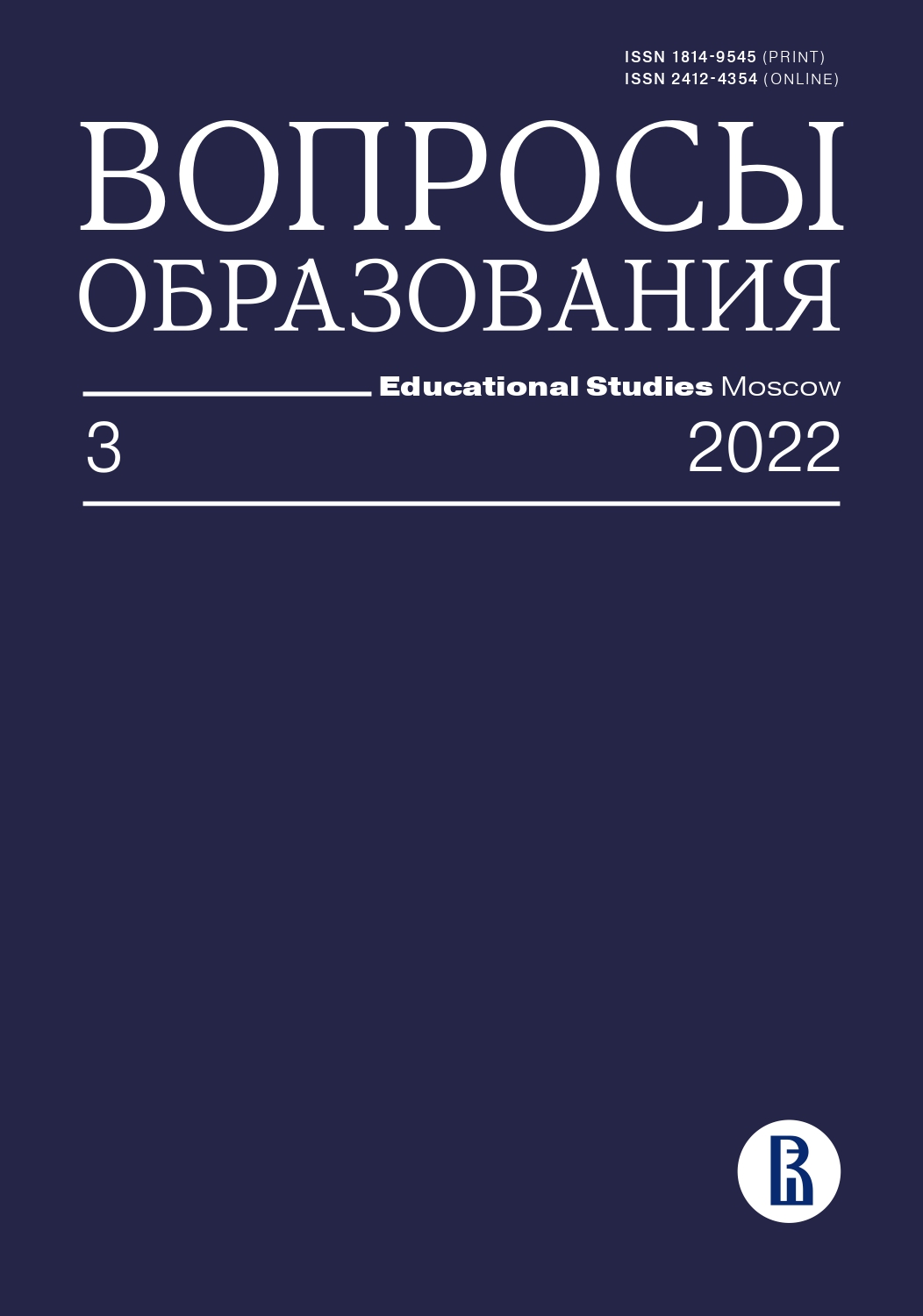Hybrid Model for Tutorial Engagement
Abstract
Technology has increasingly become a key component of teaching and learning, particularly with the rapid shift to delivery through online platforms as a result of the ongoing COVID-19 pandemic. In 2020–2022, students who studied online often struggled to achieve key learning outcomes and receive lower marks than their on-campus peers, demonstrating reduced engagement in an online environment. A shared concern identified within the School of Architecture, Design, and Planning at the University of Sydney, was the ability to deliver a sense of physical experience to students who are studying online. This paper details our proposed solution to improve engagement in online tutorials through a "Hybrid Model" that: leverages rapidly advancing virtual reality technology; integrates the fundamental principles of gamification and incorporates experiential learning into the learning process. These three key areas are further supported by a recommended tutorial structure or time proportion model. The manuscript presents the developed theoretical hybrid model informed by existing literature and studies; and illustrates this theory by examples of practical implementation and initial proof-of-concept studies. The manuscript further discusses future research that will focus on in-depth user studies and rigorous evaluation of the approach.
Downloads
References
Ahshan R. (2021) A Framework of Implementing Strategies for Active Student Engagement in Remote/Online Teaching and Learning during the COVID-19 Pandemic. Education Sciences, vol. 11, no 9, Article no 483. https://doi.org/10.3390/educsci11090483
Asikainen H., Gijbels D. (2017) Do Students Develop towards More Deep Approaches to Learning during Studies? A Systematic Review on the Development of Students' Deep and Surface Approaches to Learning in Higher Education. Educational Psychology Review, vol. 29, no 2, pp. 205-234. https://doi.org/10.1007/s10648-017-9406-6
Beard C., Wilson J.P. (2018) Experiential Learning: A Practical Guide for Training, Coaching and Education. London: Kogan Page.
Brookhart S.M. (2010) How to Assess Higher-Order Thinking Skills in Your Classroom. Alexandria, VA: ASCD.
Budhai S.S., Skipwith K.B. (2017) Best Practices in Engaging Online Learners through Active and Experiential Learning Strategies. New York: Routledge. https://doi.org/10.4324/9781315617503
Campillo-Ferrer J.-M., Miralles-Martínez P., Sánchez-Ibáñez R. (2020) Gamification in Higher Education: Impact on Student Motivation and the Acquisition of Social and Civic Key Competencies. Sustainability, no 12, Article no 4822. https://doi.org/10.3390/su12124822
Canhoto A., Murphy J. (2016) Learning from Simulation Design to Develop Better Experiential Learning Initiatives: An Integrative Approach. Journal of Marketing Education, vol. 38, no 2, pp. 98-106. https://doi.org/10.1177/0273475316643746
Cheng K.H., Tsai C.C. (2020) Students' Motivational Beliefs and Strategies, Perceived Immersion and Attitudes towards Science Learning with Immersive Virtual Reality: A Partial Least Squares Analysis. British Journal of Educational Technology, vol. 51, no 6, pp. 2140-2159. https://doi.org/10.1111/bjet.12956
Chiu T.K. (2021) Applying the Self-Determination Theory (SDT) to Explain Student Engagement in Online Learning during the COVID-19 Pandemic. Journal of Research on Technology in Education, vol. 54, sup. 1, pp. S14-S30. https://doi.org/10.1080/15391523.2021.1891998
Colombari R., D'Amico E., Paolucci E. (2021) Can Challenge-Based Learning Be Effective Online? A Case Study Using Experiential Learning Theory. Journal of Experimental Innovation, vol. 5, no 1, pp. 40-48. https://doi.org/10.23726/cij.2021.1287
Curry M.G. (2016) Does Course Format Impact Student Learning Outcomes? A Causal-Comparative Study of Online, Hybrid, and Face-to-Face Student Learning Outcomes in an Undergraduate Teacher Preparation Course (PhD Thesis), Wilmington Manor, DE: Wilmington University.
Dallal A., Zaghloul M.A., Hassan A. (2021) New Instructors Perspectives on Remote Teaching Methods. Paper presented at ASEE Virtual Annual Conference (July 26-29, 2021).
Di Natale A.F., Repetto C., Riva G., Villani D. (2020) Immersive Virtual Reality in K‐12 and Higher Education: A 10‐Year Systematic Review of Empirical Research. British Journal of Educational Technology, vol. 51, no 6, pp. 2006-2033. https://doi.org/10.1111/bjet.13030
Erdoğdu F., Çakıroğlu Ü. (2021) The Educational Power of Humor on Student Engagement in Online Learning Environments. Research and Practice in Technology Enhanced Learning, vol. 16, no 1, pp. 1-25. https://doi.org/10.1186/s41039-021-00158-8
Faulconer E.K., Gruss A.B. (2018) A Review to Weigh the Pros and Cons of Online, Remote, and Distance Science Laboratory Experiences. International Review of Research in Open and Distributed Learning, vol. 19, no 2, pp. 155-168. https://doi.org/10.19173/irrodl.v19i2.3386
Firth J. (2020) Boosting Learning by Changing the Order and Timing of Classroom Tasks: Implications for Professional Practice. Journal of Education for Teaching, vol. 47, no 1, pp. 32-46. https://doi.org/10.1080/02607476.2020.1829965
García-Morales V.J., Garrido-Moreno A., Martín-Rojas R. (2021) The Transformation of Higher Education after the COVID Disruption: Emerging Challenges in an Online Learning Scenario. Frontiers in Psychology, no 12, Article no 196. https://doi.org/10.3389/fpsyg.2021.616059
Globa A., Beza B.B., Wang R. (2022) Towards Multi-Sensory Design: Placemaking through Immersive Environments - Evaluation of the Approach. Expert Systems with Applications, no 204 (January), Article no 117614. https://doi.org/10.1016/j.eswa.2022.117614
Globa A., Wang R., Beza B.B. (2019) Sensory Urbanism and Placemaking-Exploring Virtual Reality and the Creation of Place. Intelligent & Informed. Proceedings of the 24th International Conference of the Association for Computer-Aided Architectural Design Research in Asia (CAADRIA) (Wellington, New Zealand, April, 15-18, 2019), vol. 2, pp. 737-746. https://doi.org/10.52842/conf.caadria.2019.2.737
Hendrickson L. (2016) Teaching with Artifacts and Special Collections. Bulletin of the History of Medicine, vol. 90, no 1, pp. 136-140. https://doi.org/10.1353/bhm.2016.0009
Kolb D.A. (2014) Experiential Learning: Experience as the Source of Learning and Development. Englewood Cliffs, NJ: Prentice Hall.
Kolb A., Kolb D. (2005) Learning Styles and Learning Spaces: Enhancing Experiential Learning in Higher Education. Academy of Management Learning & Education, vol. 4, no 2, pp. 193-212. https://doi.org/10.5465/amle.2005.17268566
Koshti P., Paryani A., Talreja J., Zope V. (2022) AttenQ- Attention Span Detection Tool for Online Learning. https://doi.org/10.2139/ssrn.4096416
Lister M. (2014) Trends in the Design of E-Learning and Online Learning. Journal of Online Learning and Teaching, vol. 10, no 4, 671-680.
Lomicky C., Hogg N. (2012) Web 2.0 Technologies: Student Contributions to Online Courses. International Journal of Web-Based Learning and Teaching Technologies, vol. 7, no 3, pp. 37-60. https://doi.org/10.4018/jwltt.2012070103
Millar S.-K., Spencer K., Stewart T., Dong M. (2021) Learning Curves in COVID-19: Student Strategies in the 'New Normal'? Frontiers in Education, no 6, pp. 1-7. https://doi.org/10.3389/feduc.2021.641262
Moloney J., Globa A., Wang R., Khoo C. (2020) Principles for the Application of Mixed Reality as Pre-Occupancy Evaluation Tools (P-OET) at the Early Design Stages. Architectural Science Review, vol. 63, no 5, pp. 441-450. https://doi.org/10.1080/00038628.2019.1675138
Moloney J., Globa A., Wang R., Khoo C.K. (2018) 'Pre-Occupancy Evaluation Tools (P-OET) for Early Feasibility Design Stages Using Virtual and Augmented Reality Technology'. Proceedings of the 52nd International Conference of the Architectural Science Association (Melbourne, Australia, November, 28 - December, 01, 2018), pp. 717-725.
Pentaraki A., Burkholder G.J. (2017) Emerging Evidence Regarding the Roles of Emotional, Behavioural, and Cognitive Aspects of Student Engagement in the Online Classroom. European Journal of Open, Distance and E-Learning, vol. 20, no 1, pp. 1-21. https://doi.org/10.1515/eurodl-2017-0001
Radianti J., Majchrzak T.A., Fromm J., Wohlgenannt I. (2020) A Systematic Review of Immersive Virtual Reality Applications for Higher Education: Design Elements, Lessons Learned, and Research Agenda. Computers & Education, no 147, Article no 103778. https://doi.org/10.1016/j.compedu.2019.103778
Ramsden P. (2003) Learning to Teach in Higher Education. London: Routledge Falmer. https://doi.org/10.4324/9780203507711
Smyth R. (2011) Enhancing Learner-Learner Interaction Using Video Communications in Higher Education: Implications from Theorising about a New Model. British Journal of Educational Technology, vol. 42, no 1, pp. 113-127. https://doi.org/10.1111/j.1467-8535.2009.00990.x
Sweetman D. (2021) Making Virtual Learning Engaging and Interactive. FASEB bioAdvances, vol. 3, no 1, pp. 11-19. https://doi.org/10.1096/fba.2020-00084
Tualaulelei E., Burke K., Fanshawe M., Cameron C. (2021) Mapping Pedagogical Touchpoints: Exploring Online Student Engagement and Course Design. Active Learning in Higher Education, vol. Online First. https://doi.org/10.1177/1469787421990847
Walker Wang Y.T., Lin K.Y., Huang T. (2021) An Analysis of Learners' Intentions toward Virtual Reality Online Learning Systems: A Case Study in Taiwan. Proceedings of the 54th Hawaii International Conference on System Sciences (Grand Wailea, Maui, Hawaii, January, 05-08, 2021), p. 1519. https://doi.org/10.24251/HICSS.2021.184
Zapalska A.M., McCarty M.D., Young-McLear K., White J. (2018) Design of Assignments Using the 21st Century Bloom's Revised Taxonomy Model for Development of Critical Thinking Skills. Problems and Perspectives in Management, vol. 16, no 2, pp. 291-305. https://doi.org/10.21511/ppm.16(2).2018.27









